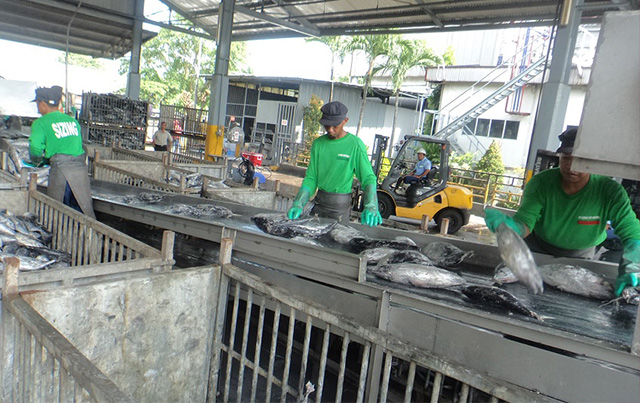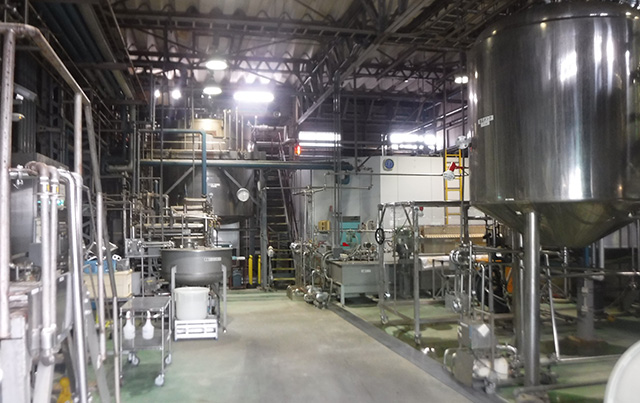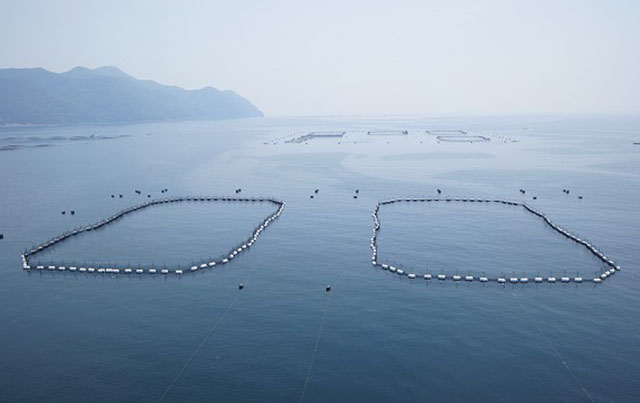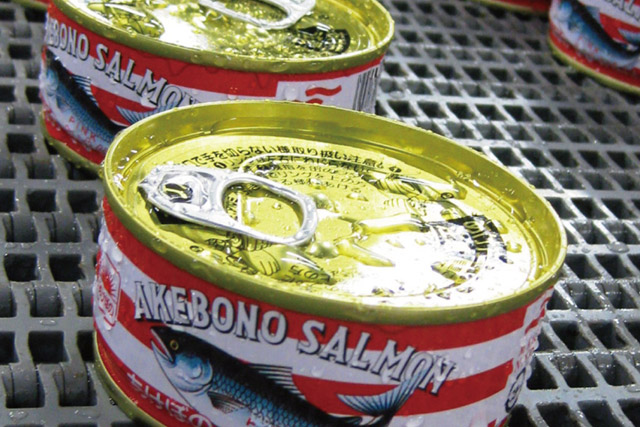Putting unused marine resources to use
When fish and shellfish are processed into food products, only 50 to 70 percent of the catch, by weight, is directly edible. Unwanted parts like heads, bones, organs, and shells account for the remainder. But instead of simply discarding these parts, Maruha Nichiro strives to find innovative uses for them.
In 1957, we successfully began processing some of these materials into seafood extract. Since then, we have spent decades developing technologies and procedures for adding value to unused resources—what would otherwise become “waste.” In our quest to find new applications for as many unused resources as possible, we have pioneered new applications in a range of seemingly unrelated fields—such as processing fish oil into health supplements.
Seafood extract is one example. This is a processed, concentrated liquid created during the steaming process when fish are being prepared for canning. Seafood extract has been used for many years to add flavor to processed foods like fish sausage and frozen products, but around twenty years ago we identified a new potential market for it: manufacturers of enzymes, lactic acid bacteria and other products. These manufacturers need nitrogen to culture microorganisms, and seafood extract is rich in proteins and amino acids with plenty of nitrogen available.
Once we began developing ways to process seafood extract into a nitrogen source for culture media for microorganisms could use, we decided to be Kosher certified to serve a wide range of manufacturers. Kosher certification is only granted to products manufactured in compliance with Jewish dietary law, and obtaining it is not an easy process. The certifying organization inspects every aspect of production, from raw materials to processes and equipment.
To satisfy these requirements, we established a materials management system to ensure traceability, and worked with partners to procure the materials we needed. Combining this framework with the extraction technologies we have cultivated over the decades secured out Kosher certification. Our nitrogen sources for culture media were soon in demand by manufacturers serving industries ranging from food to medical products, so that Maruha Nichiro’s technological expertise is contributing to a wider range of fields than ever.
As of 2021, we are still finding new ways to utilize previously unused resources. For example, our egg-to-harvest bluefin tuna farms use feed made from the heads, bones, and other parts left over from mackerel canning. Not only does this make fuller use of resources, it also helps stabilize the feed supply. From a sustainable farming standpoint, these efforts create a great deal of value.
Our goal is to reuse 99% of what would otherwise be “waste” from processing resources into food products. We will continue striving to add value to these unused resources, building sustainable businesses with minimal waste profiles as we contribute to a wide range of fields.



December 2021


